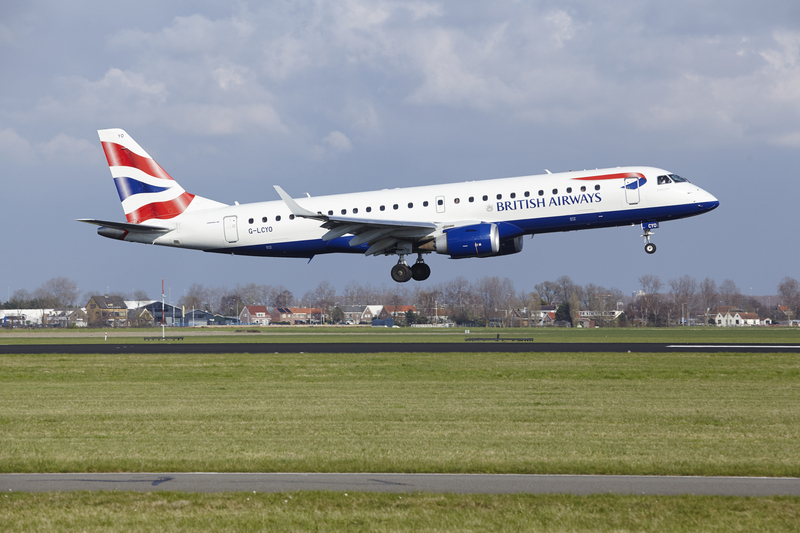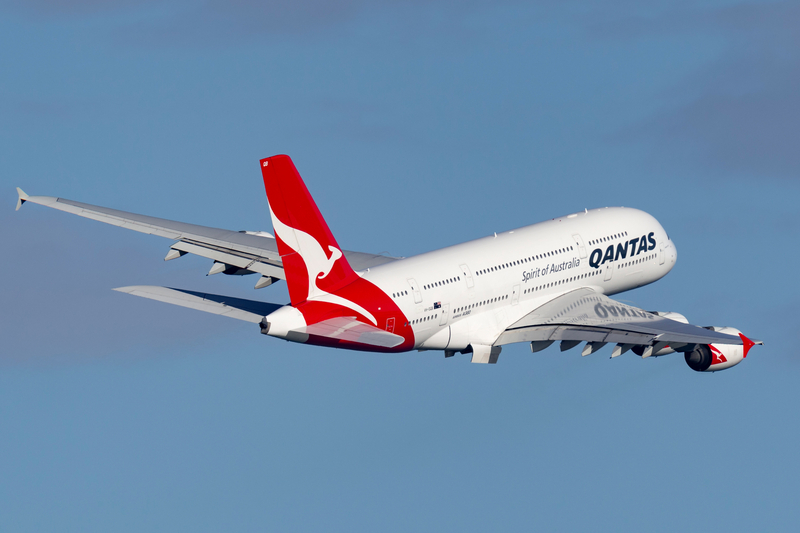Emirates Boeing 777 Stranded in Iran After Sudden Airspace Closure

ID 331014914 © Boarding1now | Dreamstime.com
An Emirates Boeing 777 remains grounded in Tehran after Iran abruptly closed its airspace in response to escalating regional tensions. The incident occurred shortly after flight EK977 from Dubai landed in the Iranian capital on the morning of Friday, June 13.
Flight Arrives, Airspace Closes
Flight EK977, operated by a 13-year-old Boeing 777-300ER (registration A6-EGE), departed Dubai International Airport at 2:27 a.m. local time and arrived at Tehran Imam Khomeini International Airport (IKA) at 3:44 a.m. The short regional flight was due to return to Dubai shortly thereafter, but the situation changed rapidly on the ground.
In the hours following the aircraft’s arrival, Israel launched a wave of missile strikes toward Iranian territory. In response, Iranian authorities issued a Notice to Air Missions (NOTAM), effectively closing the country’s airspace to all departing traffic. Emirates subsequently canceled the return sector, EK978, and the aircraft has remained grounded ever since.
Crew Unexpectedly Stranded
Emirates crews typically operate these short regional flights as turnarounds, with no layover planned. In this case, however, the sudden closure of Iranian airspace has left the operating crew unexpectedly stranded in Tehran. While there have been no reported threats to Imam Khomeini Airport, the heightened security situation and uncertainty around airspace restrictions have made immediate evacuation or repositioning difficult.
It remains unclear whether Emirates has made arrangements to rotate the crew out of the country, or if they will remain in Tehran until airspace restrictions are lifted. Officials in both Israel and the United States have warned that the current phase of the conflict could last “weeks, not days,” raising concerns that this may not be a short delay.
Operational Impact
Emirates has continued serving Iranian destinations throughout periods of regional instability, even while other Gulf carriers opted to suspend operations or reroute flights to avoid Iranian airspace. The sudden closure has disrupted not only the airline’s Tehran operation but also posed logistical and reputational challenges for the carrier.
The aircraft involved, A6-EGE, is now effectively parked indefinitely. Emirates has not commented publicly on recovery plans for either the aircraft or the crew.
Looking Ahead
With no clear timeline for the reopening of Iranian airspace, Emirates may be forced to consider alternative options, including special diplomatic clearances or recovery flights coordinated with Iranian authorities. For now, the grounded aircraft stands as a high-profile example of the ongoing risks facing commercial airlines operating in geopolitically sensitive regions.




